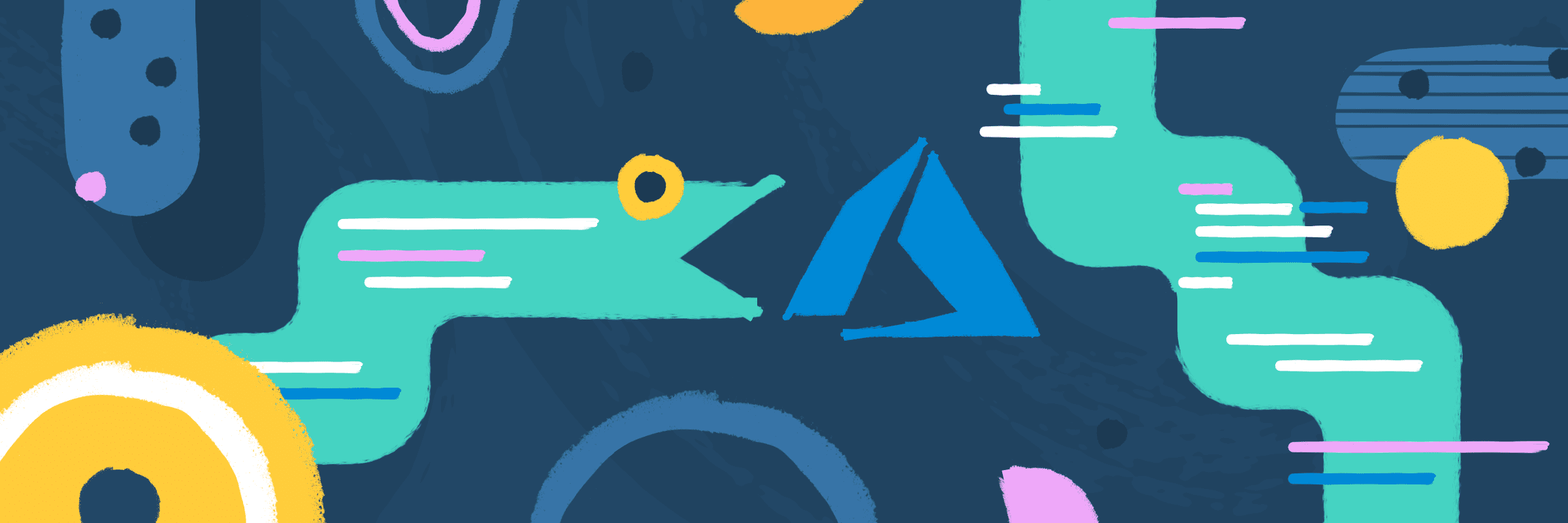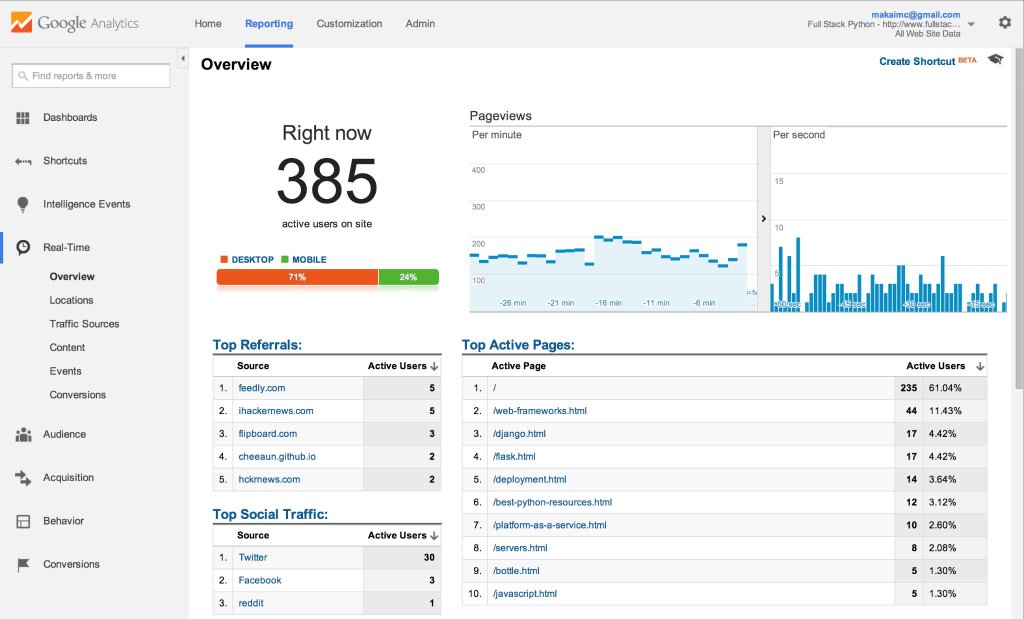Python Flask Blog Template
Python flask blog template - For beginners flask and django is a better option to start with but flask can be more. You’ve learned how to create your first flask application and started your first project. Flask developers call it a microframework, where micro (as explained here) means that the goal is to keep the core simple but extensible. After successfully installing flask, the next step is to create a python file that receives and responds to requests in our application. Which framework is best for python for beginners? There are a lot of ways to do that. More options are available with: Run the flask run cli command with debug mode enabled, which will automatically enable the reloader. A route that returns a streamed response needs to return a response object that is initialized with the generator function. Create a folder with the name flask_docker to contain your application.
Flask won't make many decisions for us, such as what database to use or what template engine to choose. There is still much to learn, like static and dynamic templates, form handling, connecting to a database with sqlalchemy, and the different operations you can perform on models (i.e. For this project here, we will use flask, a very simple and. Next, cd into the flask_docker directory and run the below command to install flask. Wrapping up and next steps.
Python Flask Project Ideas
Flask developers call it a microframework, where micro (as explained here) means that the goal is to keep the core simple but extensible. Wrapping up and next steps. Flask won't make many decisions for us, such as what database to use or what template engine to choose.
How to automate Python/Flask deployment to Azure App Service Buddy
More options are available with: Flask developers call it a microframework, where micro (as explained here) means that the goal is to keep the core simple but extensible. Run the flask run cli command with debug mode enabled, which will automatically enable the reloader.
How to render Html into Flask variables passed to the pages python
Next, cd into the flask_docker directory and run the below command to install flask. For example, on my tutorial: Let’s create a simple webserver to control things in your home.
GitHub A sample online photo editor made using
Wrapping up and next steps. Which framework is best for python for beginners? For example, on my tutorial:
Gradient Able Flask Dashboard (Free Product) DEV Community
Flask won't make many decisions for us, such as what database to use or what template engine to choose. For example, on my tutorial: In this example you can see how flask works with generator functions.
Static Site Generators Full Stack Python
For beginners flask and django is a better option to start with but flask can be more. After successfully installing flask, the next step is to create a python file that receives and responds to requests in our application. A route that returns a streamed response needs to return a response object that is initialized with the generator function.
Python Jinja2 Trouble Rendering List Generated Through Python
Lastly, flask has extensive documentation that addresses everything developers need to start. Next, cd into the flask_docker directory and run the below command to install flask. There is still much to learn, like static and dynamic templates, form handling, connecting to a database with sqlalchemy, and the different operations you can perform on models (i.e.
AdminLTE Jinja Template Codementor
There are a lot of ways to do that. Flask won't make many decisions for us, such as what database to use or what template engine to choose. For example, on my tutorial:
More options are available with: A route that returns a streamed response needs to return a response object that is initialized with the generator function. Next, cd into the flask_docker directory and run the below command to install flask. You’ve learned how to create your first flask application and started your first project. Flask then takes care of invoking the generator and sending all the partial results as chunks to the client. Lastly, flask has extensive documentation that addresses everything developers need to start. Run the flask run cli command with debug mode enabled, which will automatically enable the reloader. Flask won't make many decisions for us, such as what database to use or what template engine to choose. After successfully installing flask, the next step is to create a python file that receives and responds to requests in our application. Wrapping up and next steps.
Create a folder with the name flask_docker to contain your application. There are a lot of ways to do that. Let’s create a simple webserver to control things in your home. For example, on my tutorial: Which framework is best for python for beginners? Flask developers call it a microframework, where micro (as explained here) means that the goal is to keep the core simple but extensible. In this blog, we have discussed different types of python frameworks that are beneficial for building web applications. In this example you can see how flask works with generator functions. There is still much to learn, like static and dynamic templates, form handling, connecting to a database with sqlalchemy, and the different operations you can perform on models (i.e. For this project here, we will use flask, a very simple and.
For beginners flask and django is a better option to start with but flask can be more.






